Off-Grid Tiny House Infrastructure Solutions

In this article, we delve into “Off-Grid Tiny House Infrastructure Solutions” that will enable you to make your small home completely self-sufficient.
In today’s world, the pursuit of sustainable living and freedom is inspiring many to move away from city life and toward a lifestyle closer to nature. As a result, off-grid tiny houses are growing in popularity. But is it really possible to disconnect entirely from the grid?
If you want to design the tiny house of your dreams, take a look at the magnificent designs on our website.
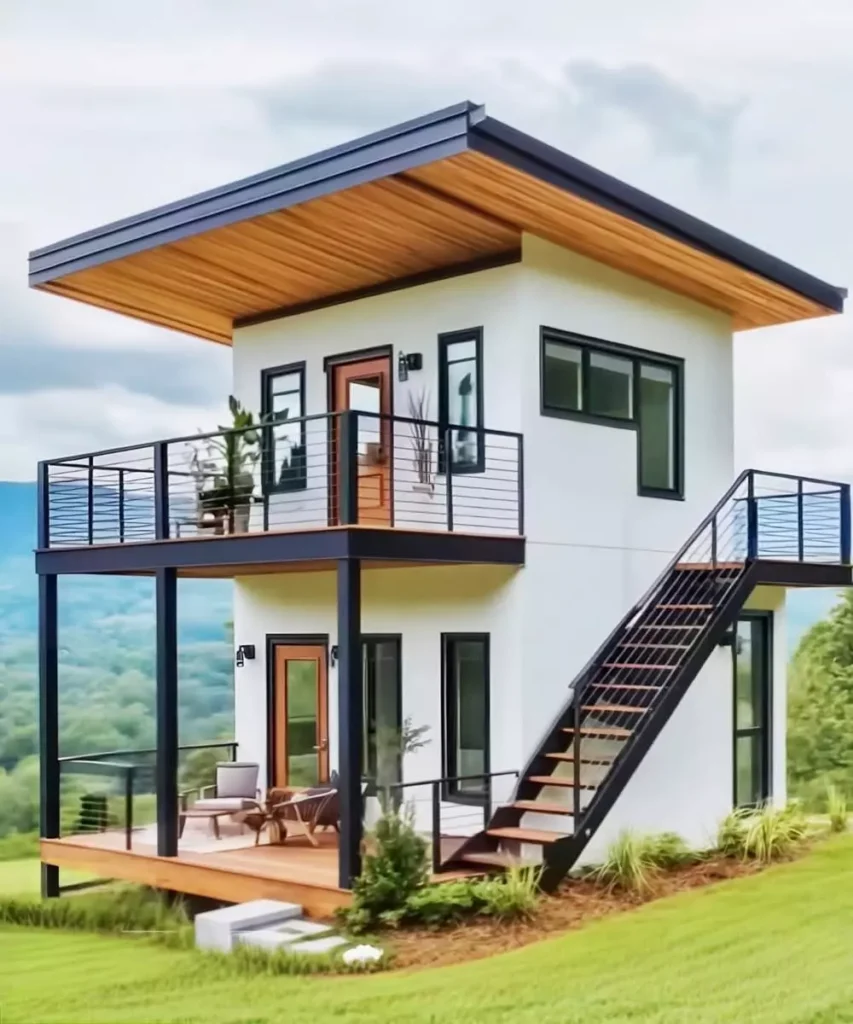
1. Solar Power Systems: Meet Your Electricity Needs
Perhaps the most crucial step toward off-grid living is generating your own electricity. Solar panels allow you to harness a natural and virtually unlimited source of energy.
Essential equipment:
- Photovoltaic panels
- Inverter (DC to AC converter)
- Deep cycle batteries or lithium batteries
- Charge controller
With this system, you can power everything from lighting to refrigerators. In regions with high sunlight, the system’s efficiency is particularly impressive.
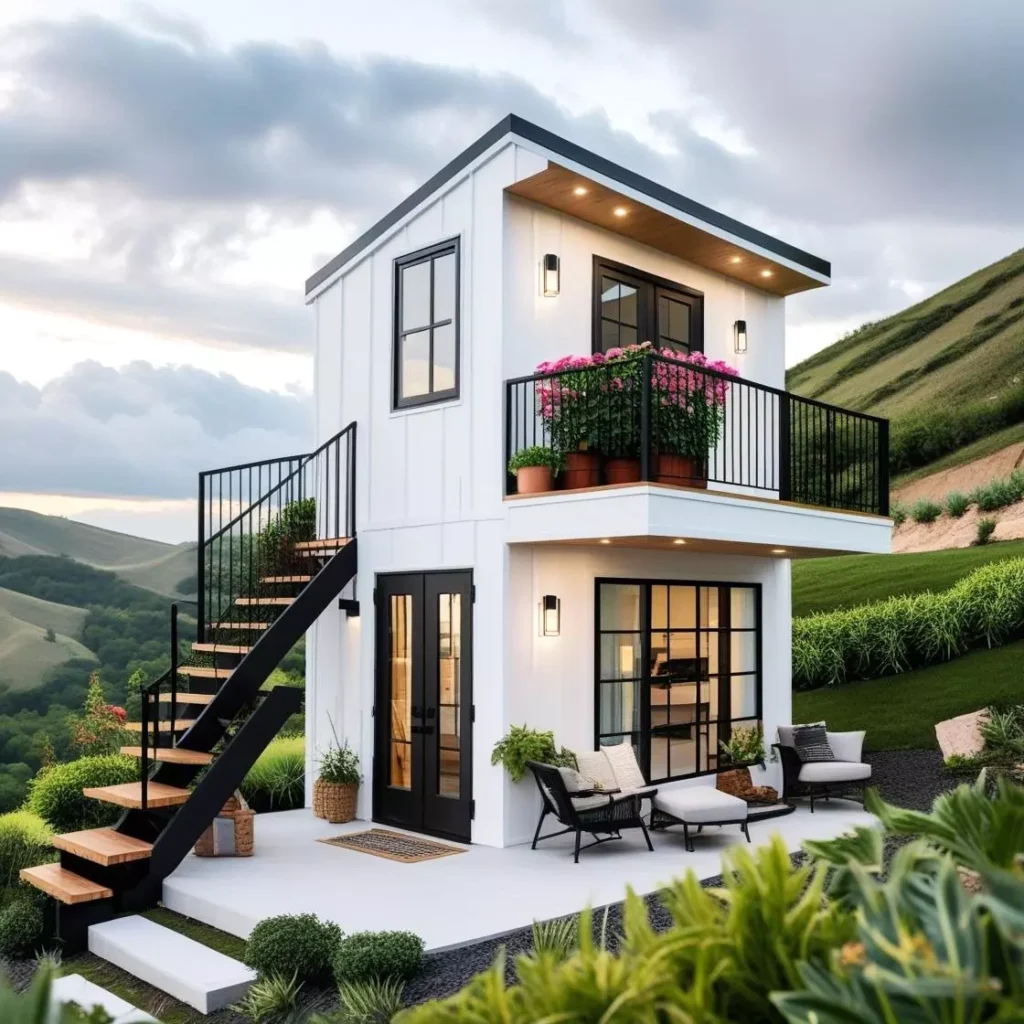
2. Water Supply and Purification: Clean Water from Nature
Common sources in off-grid homes include:
- Rainwater harvesting systems
- Artesian or drilled wells
- Use of natural spring water
To ensure the collected water is drinkable, filtration systems, UV sterilizers, or reverse osmosis devices should be used.
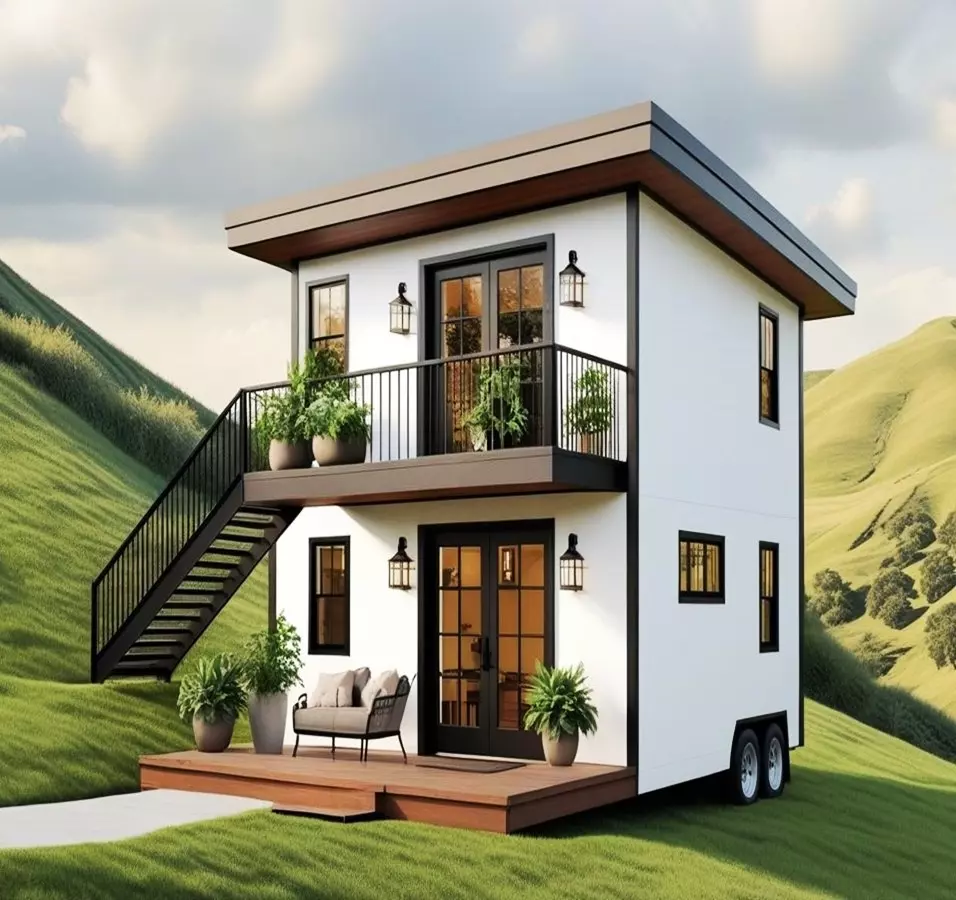
3. Wastewater and Greywater Management
Proper disposal of wastewater without harming the environment is vital for sustainable living.
Preferred methods:
- Composting toilets: Eliminate water use and generate fertilizer
- Greywater recycling systems: Filter water from sinks and showers for garden irrigation
- Natural seepage systems with biofilters: Return water to the ecosystem without harm
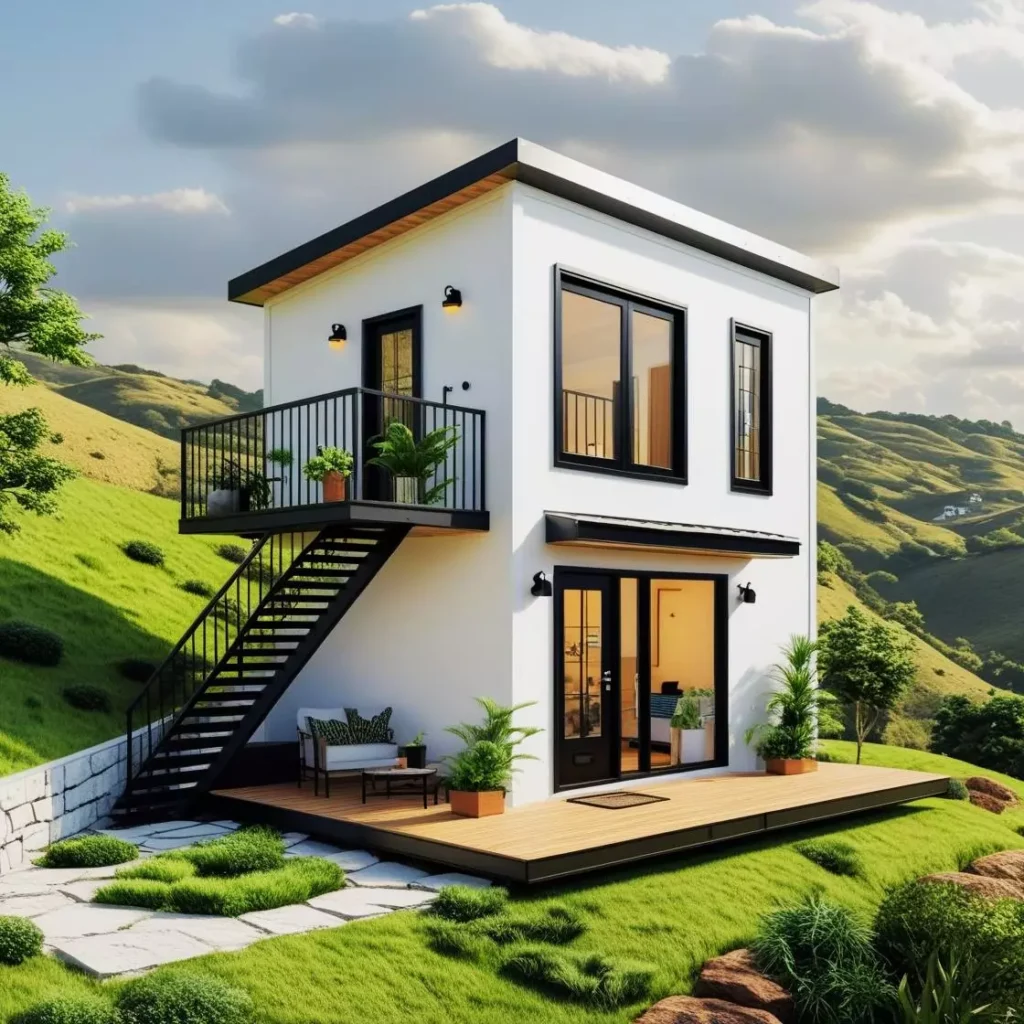
4. Heating and Cooling Solutions
Tiny homes should use energy-efficient systems for climate control.
Alternative options include:
- Wood stoves or pellet stoves
- Solar water heating systems
- Passive climate control with good insulation and natural ventilation
- Portable solar fans or mini air conditioners
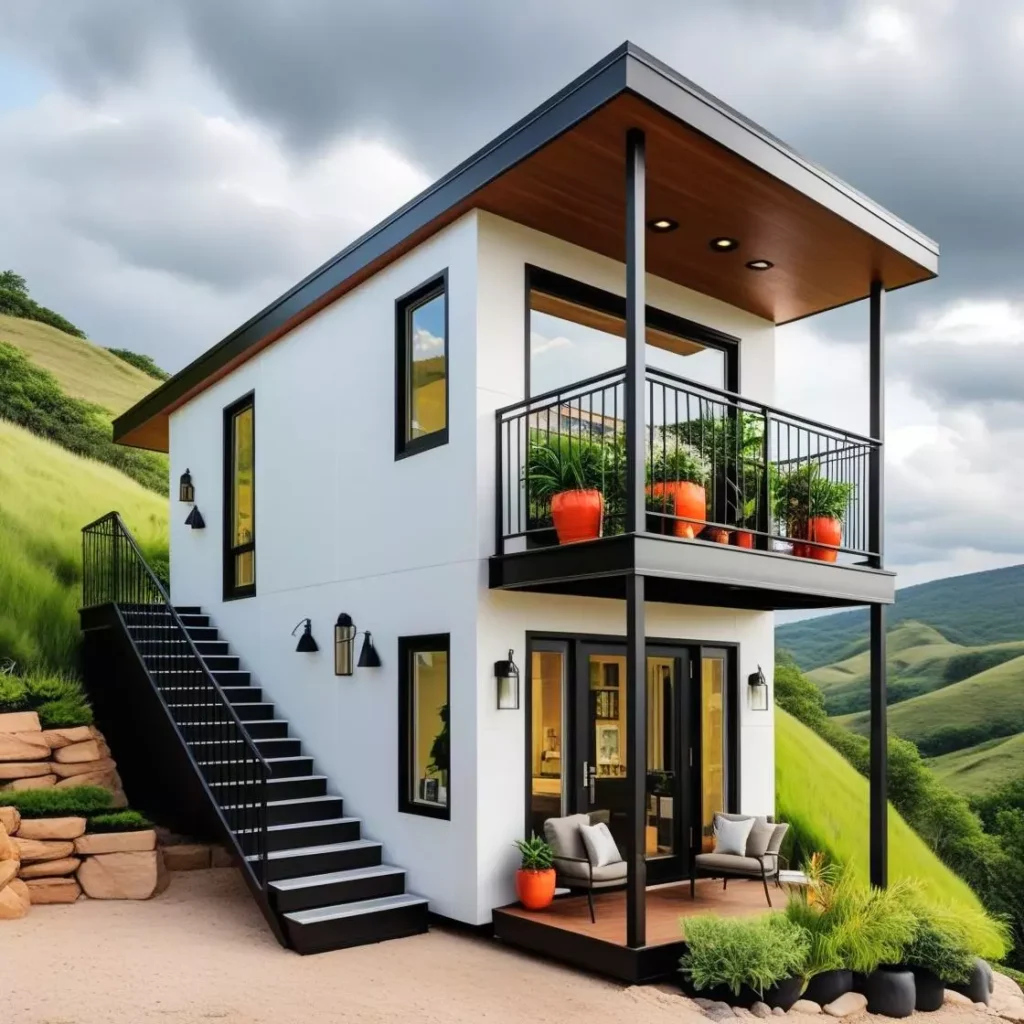
5. Internet and Communication Connectivity
Even far from the city, staying connected is possible.
Options:
- Solar-powered modem systems
- Mobile Wi-Fi routers with large data plans
- Satellite internet (e.g., Starlink)
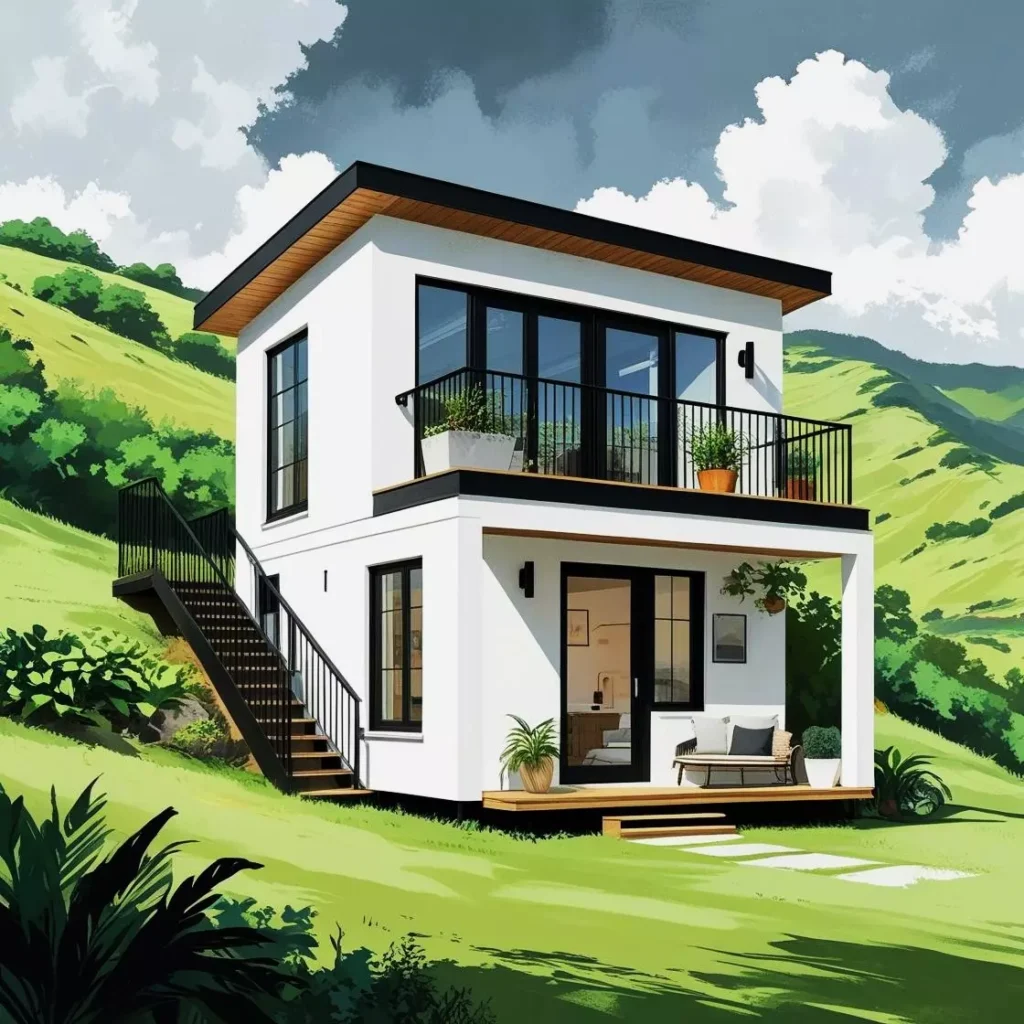
6. Storage and Backup Systems
It’s crucial to always have a backup for energy, water, and fuel systems.
- Portable generator
- Water tanks
- Power banks and portable solar panels
- Gas-powered camping stove
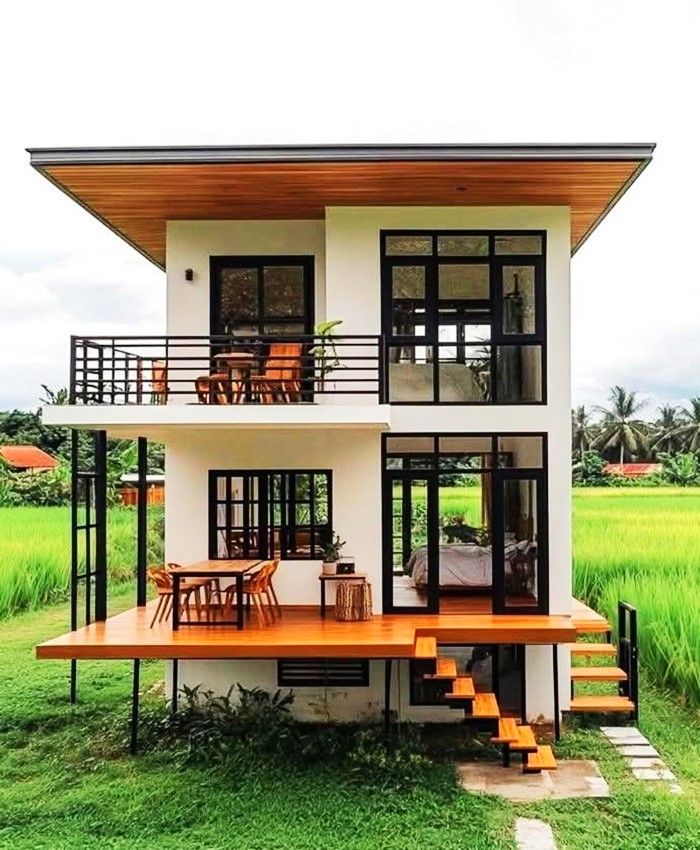
Conclusion: A Life in Harmony with Nature
Off-grid tiny house infrastructure solutions offer a lifestyle that is both eco-friendly and cost-effective. With proper planning and the right systems, a fully independent and sustainable life is entirely achievable. If you’re ready to embrace this lifestyle, build a strong foundation—and say hello to a freer way of living.
Click here for more information about tiny houses.
Don’t forget to check out other great ideas about Tiny House Universe and share them with your friends. Thanks!
»» Follow Tiny House Universe on social media to stay up to date with the latest posts ««
↓↓ Check Out Other Fascinating Tiny Stories ↓↓
- Modern 50 Sqm Small House Design Ideas: Two-Story Minimalist Living Spaces
- Earning $10000 a Month with a Container House
- 10 m2 Tiny House Price Size Design Features
- 2 Storey 9×3 Enough Mobile Tiny House Model
- Calm and Peaceful Shelter Base Camp Tree Loft
↓↓↓ For More ↓↓↓




